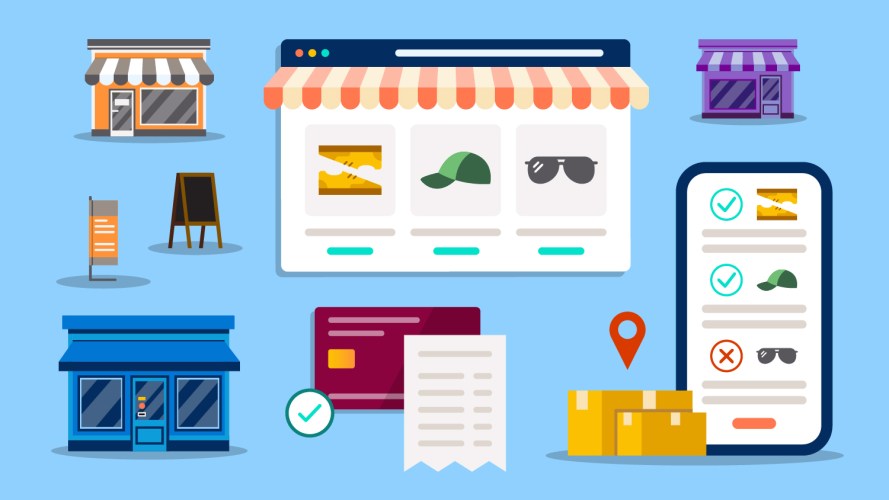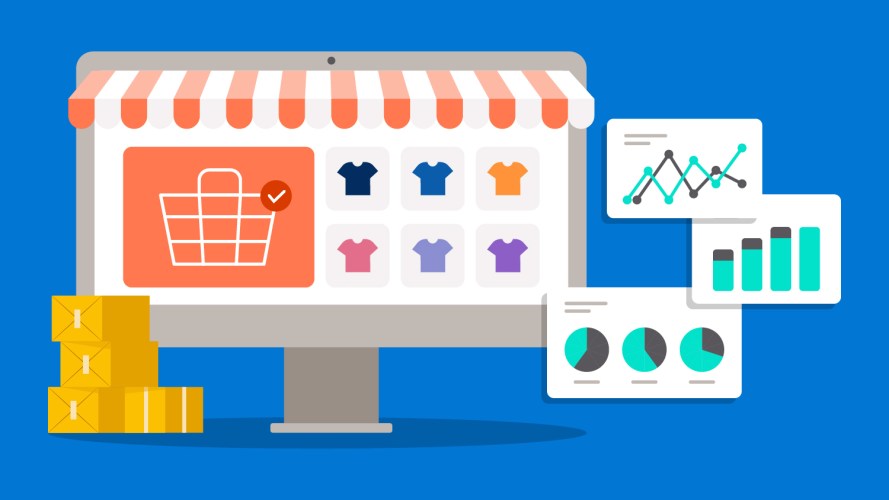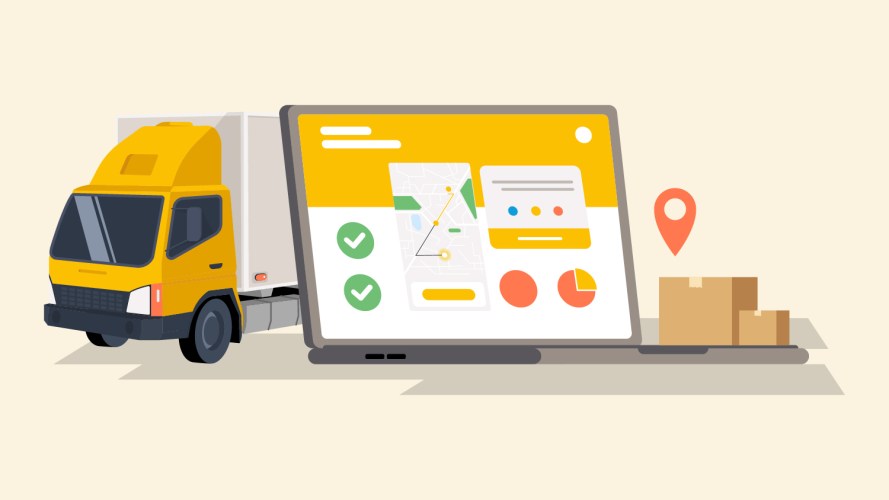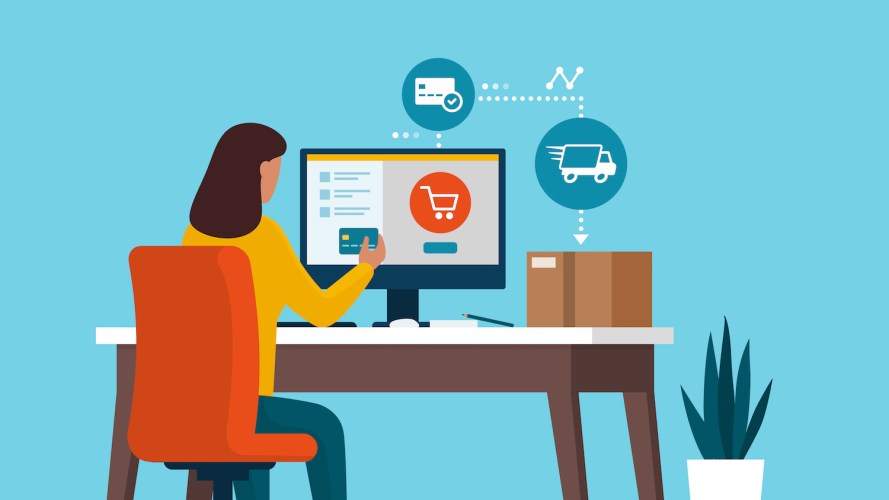Best Practices for Switching Ecommerce Platforms



If you're considering switching to a new ecommerce platform, avoid common pitfalls with these best practices to lead you to a faster and smoother migration.

Andy Peebler
Switching to a new ecommerce platform — whether you’re in B2C or B2B commerce — can be difficult. In my 20 years supporting brands to implement ecommerce platforms, I’ve seen many migrations fail to go live after over a year of investment. Conversely, I’ve also seen large sites with complex use cases go live in under 10 weeks.
The difference between the two outcomes is in the time and consideration taken for implementation. From jumping in too fast too soon to not getting data in order at the onset, brands can run into complications that bring migration to a screeching halt.
If you’re considering switching to a new ecommerce platform, avoid common pitfalls with these best practices to lead you to a faster and smoother migration.
Avoid a “Big Bang” switchover
Often when businesses envision an ecommerce migration, they think of “flipping the switch” from one platform to another — in other words being 100% on a legacy platform one day and switching over 100% to the new platform the next day.
However, this “Big Bang” switch doesn’t always lead to the best results. When switching platforms, it’s not uncommon to experience challenges during the cutover. In my experience, a longer transition between platforms mitigates much of the risk and minimizes disruption caused by any potential bugs or hiccups.
Another benefit of extending the transition is it also offers the ability to initially release with a more limited set of functionality that can then be built upon. This way, businesses don’t need to have 100% of their features and functionality running prior to the switch.
With this in mind, what’s my recommendation to structure your transition? An initial launch for a subset of customers or products followed by a broader rollout.
Subsets are appropriate for different companies, and you can choose to initially roll out to:
- Long-tail customers (your smaller customers)
- Select large customers
- Specific geographies, such as a single country
- One specific product or product set
Once your new platform launches for your subset, kinks are resolved, and your system is running smoothly, extending the rollout more broadly is generally much easier and less stressful.
Make migration one and done with the right platform and partners
The last thing you want is to invest in a migration only to find out a short time later that you’ve already outgrown your solution and you need to migrate again. The platform you select should have the flexibility to accommodate all of your requirements now and in the future.
Consider these four areas when selecting your platform
- Do you want a software as a service (SaaS) or an on-premises solution?
- How do you want to create your front-end customer experience? Are you going to use templates, declarative tools (drag and drop), or a headless architecture? Each has pros and cons, and many companies choose a platform that supports each type of architecture.
- Does the platform support APIs and a services-based way of working?
- Determine whether the platform has all of the features you’ll need now and in the future, such as the ability to support foreign currencies and multiple languages.
Once you select a core commerce provider based on your answers to the above questions, you’ll work with an implementation partner (or partners), who will have a big impact on the success of your migration. You may use multiple partners, such as one for the planning phase and one for execution. Your partner(s) will help with system architecture and integrations, migration execution, and managing the related changes in your organization.
It’s best to work with your new vendor to find suitable partners — to do this you can also reference analyst reports from Forrester and Gartner to understand which system integrators have expertise in which areas. The partner you choose should be able to bring a great deal of experience with projects similar to yours and help you understand both potential challenges and best practices. It’s important that the partner you choose has experience specifically in ecommerce implementations (not just a general knowledge) and a deep understanding of other products from your vendor.
Think about your data and integration strategy
Your new and legacy ecommerce solutions will likely manage customer and product data using different platforms. Customers who already use a data integration platform like MuleSoft typically have an easier time with data aspect of the migration because it can often be migrated to the new system as is, within the integration platform, without having to go through additional rework.
Data you’ll need to consider include:
- Customer data across all channels: Think about your customer data beyond ecommerce, and consider data from channels, service cases, and marketing interactions. You want your ecommerce data to be connected to all other parts of your customer lifecycle, so you can get a complete view of your customer and not operate in a vacuum. Creating seamless connectivity can be difficult to do if you wait until the end before thinking about your complete view of the customer.
- Product data: Some companies use this as an opportunity to introduce a product information management (PIM). Others take a segment-by-segment approach and move products into the new ecommerce solution more gradually.
Plans for your data should move at pace with plans to choose your new ecommerce platform. In my experience, companies that have a major product data cleanup project prior to launching their ecommerce migration don’t do as well. They tend to lose steam if the data project isn’t directly tied to business outcomes. There are also differences between ecommerce platforms and how they structure data, such as SKU variances — for example, how data is managed for a single shoe style that has multiple colors and sizes — so it’s best to do your data and ecommerce projects together.
A few other things to think about
Over the long-term, your satisfaction with your ecommerce platform is going to be driven by how well it works within your organization and for your customers.
- Think about how your merchandising and marketing teams currently work. What are the 5-10 primary things they are doing each day? How will a new platform improve their productivity?
- Consider how you want your development and IT teams work with your ecommerce site over time.
- Make sure you’re never losing sight of how a new platform will impact your customers and their experience. Any commerce migration that doesn’t start and end with the customer experience in mind is going to be at risk.
Sounds interesting? For more information, check out our B2B eCommerce Playbook or B2C Commerce Day 1 and Beyond.























